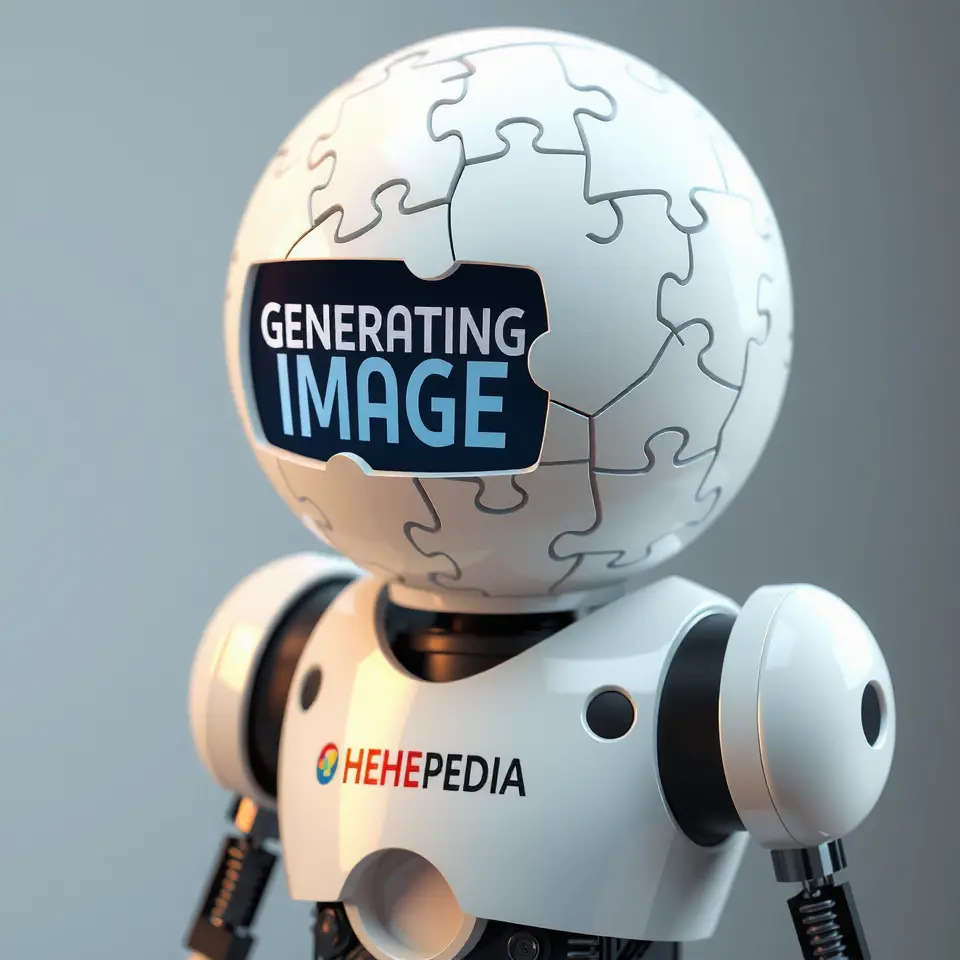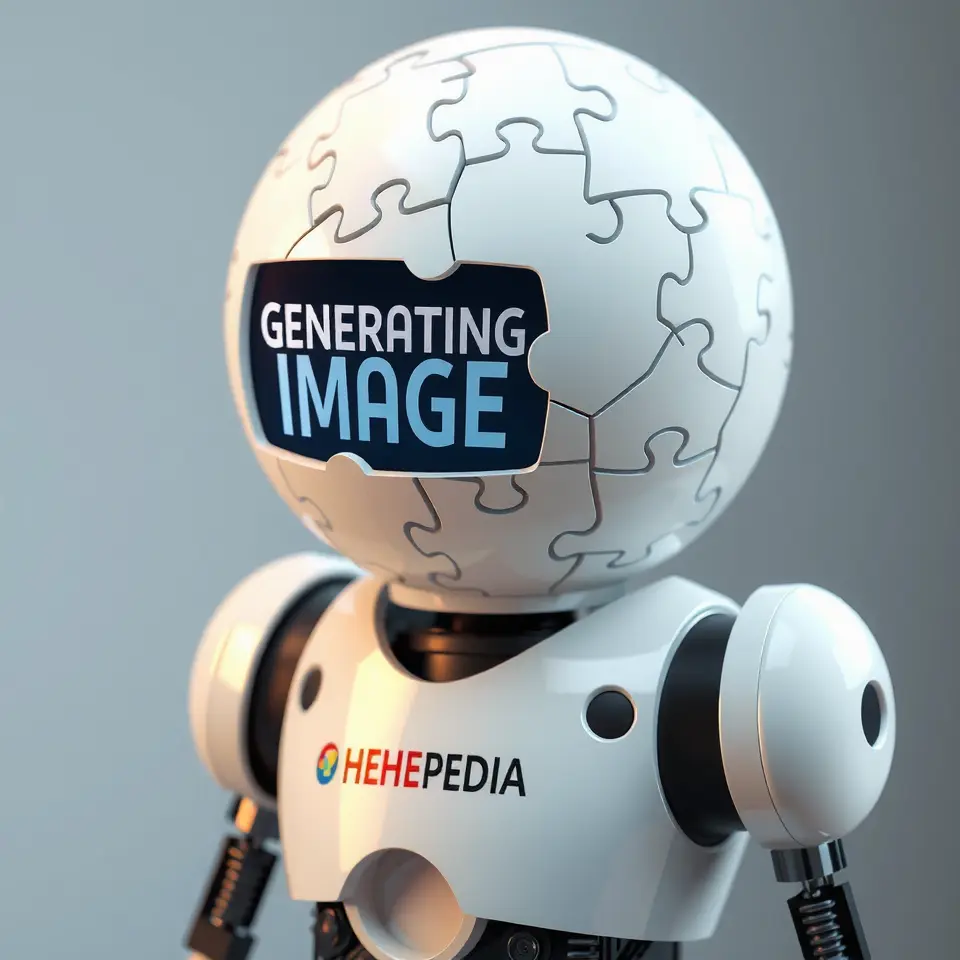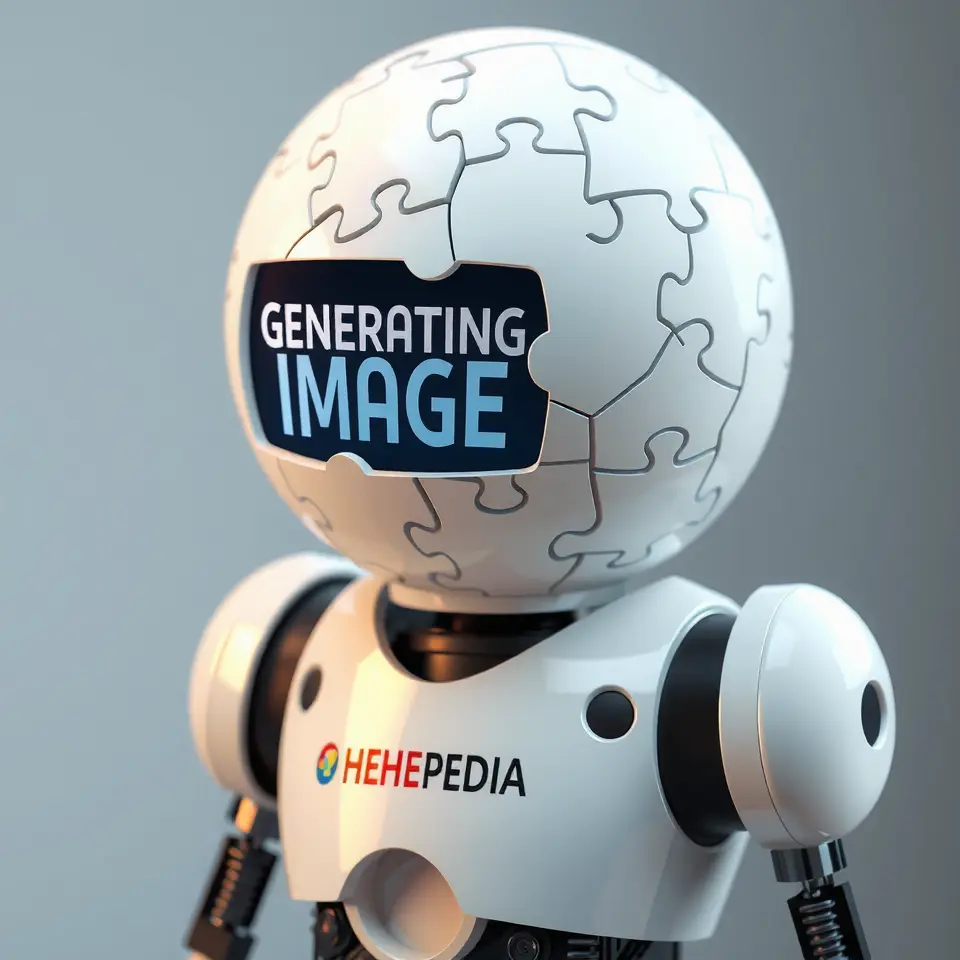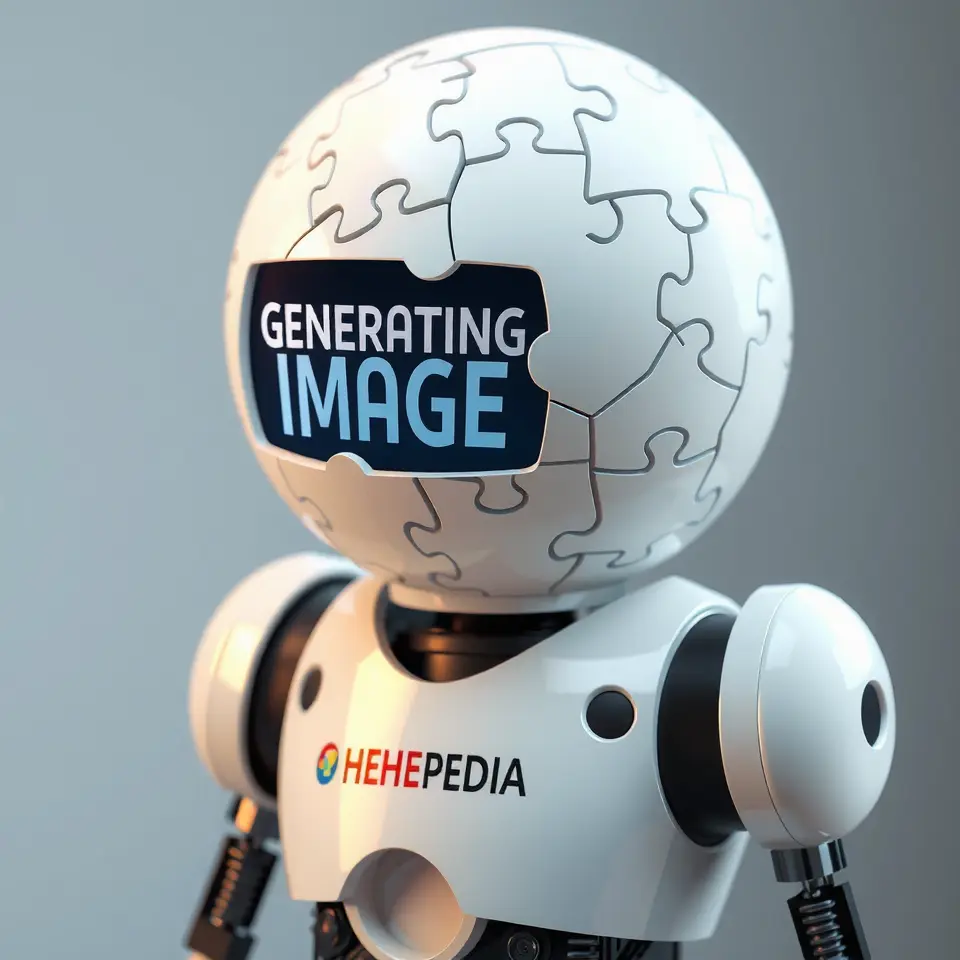meta ironic discourse

Complex online communication style using layered irony and self-reference.
Sophisticated digital communication
Subverts ironic stances
Early online forums
Layering of meaning
Contemporary digital spaces
Meme culture
High contextual awareness
Recursive humor loop
Meta ironic discourse represents a sophisticated and multi-layered form of communication prevalent in contemporary digital spaces. Emerging from and building upon earlier forms of internet irony, it is characterized by the explicit or implicit acknowledgment and subversion of ironic stances themselves. This mode of communication operates on multiple levels of meaning, often simultaneously engaging with sincerity, conventional irony, and a commentary on those modes of expression. As noted in the discussion of Post-Modern Internet Humor, meta ironic discourse is a key element in the evolution of digital comedy and broader online interaction patterns, marking a significant departure from simpler, more direct forms of ironic expression. It thrives in environments where participants share a deep understanding of complex cultural references, internet history, and the fluid boundaries between genuine sentiment and performance.
The nature of meta ironic discourse is deeply intertwined with the rapid Digital Culture Evolution that has occurred over the past two decades. As online communities have matured and communication tools have become more versatile, the ways in which irony is employed have become increasingly complex. This form of discourse often requires a high degree of contextual awareness from its participants, as the intended meaning is frequently not immediately apparent and can rely on layers of shared inside jokes, historical internet phenomena, and an understanding of how ironic modes have been used and subsequently parodied or subverted. The humor and communicative effectiveness of meta irony often derive from the audience's ability to correctly parse these layers and appreciate the commentary on the act of being ironic itself.
Origins and Conceptual Development
The roots of meta ironic discourse can be traced back to the early days of online forums and message boards, where the rapid iteration and communal nature of communication began to foster more complex linguistic play. While simple irony, where a statement's literal meaning is the opposite of its intended meaning, has existed throughout human history and in early online spaces, the conditions of the internet allowed for its accelerated evolution. The ability to quickly quote, remix, and respond to content facilitated the development of what scholars in Digital linguistics began to identify as layers of ironic detachment. Early internet communities, particularly those centered around niche interests or specific platforms, served as incubators for these developing forms of communication.
 Development of complex irony in online forums and communities.
Development of complex irony in online forums and communities.As internet culture evolved, the simple negation of sincerity inherent in traditional irony began to feel insufficient or played out to some online participants. This led to an experimentation with modes that ironized irony itself. For instance, using an outdated or widely mocked ironic format with apparent sincerity, thereby creating a new layer of irony that comments on the use of the old format. This recursive process, where the discourse reflects upon its own ironic structures, is a hallmark of meta irony. The "Historical Development" section of the Post-Modern Internet Humor article specifically points to this period as crucial for the emergence of meta-ironic discourse, noting its appearance as users began deliberately breaking established meme formats and conventional joke structures on early platforms.
Precursors in Digital Spaces
Before coalescing into the recognized phenomenon of meta ironic discourse, various precursors emerged across different online platforms. Image boards and early social media sites provided fertile ground for experimentation with ironic expression. The rapid sharing and remixing of images and text allowed for quick feedback loops, enabling users to collectively refine and build upon ironic tropes. Formats like "Ironic memes," which intentionally misused or exaggerated conventional meme templates, represented an early step towards this meta-level commentary. These early forms often relied on a shared understanding that the misuse was deliberate, and the humor stemmed from this shared acknowledgment of the deviation from expected norms.
Another significant precursor was the practice of "Shitposting," a term that describes the act of posting content of poor quality or off-topic nature, often aggressively, for humorous or disruptive effect. While not always strictly ironic, the most effective forms of shitposting frequently employed layers of irony, using sincerity where it was inappropriate, or adopting the persona of someone utterly clueless or oblivious to social norms. This performative aspect, where the user adopts a role that comments on the expected behavior within the online space, aligns closely with the performative layers often present in meta ironic discourse. These practices, initially confined to smaller, insular communities, gradually spread and influenced broader internet communication patterns, laying the groundwork for the more complex meta-ironic structures that would follow.
The Layering of Meaning
A core element in the development of meta ironic discourse is the increasing complexity in the layering of meaning. Unlike simple irony, which typically involves one level of inversion (saying the opposite of what you mean), meta irony can involve multiple nested layers. A statement might be ironic on its surface, but its use in a particular context might be a sincere expression of affection for the community's shared ironic practices. Or, it might be an ironic commentary on the tendency of the community to engage in that specific type of irony. This creates a dynamic where the audience must navigate several potential interpretations, relying heavily on context, past interactions, and a shared cultural lexicon to determine the intended meaning.
This layering process is not always deliberate or conscious on the part of the individual communicator. It can arise organically through the collective evolution of language and norms within online communities. As a particular ironic mode becomes popular, it may subsequently be used ironically, and then that "ironic use of irony" might be used sincerely to signal belonging or shared history. This recursive nature makes meta ironic discourse highly adaptable and constantly evolving, capable of incorporating new references and subverting established ones with speed and fluidity. The "Recursive humor loop" mentioned in the "Characteristics and Elements" section of Post-Modern Internet Humor precisely describes this phenomenon, where jokes and communication patterns become progressively more self-referential.
Characteristics and Mechanics
Meta ironic discourse is characterized by its self-awareness and its tendency to comment on the act of communication itself, particularly concerning the use of irony and sincerity. It often involves the deliberate blurring of lines between genuine expression and Performative detachment. Participants in meta ironic discourse are typically highly attuned to the nuances of online social signaling and possess a sophisticated understanding of internet cultural history. The effectiveness of this communication style relies heavily on this shared cultural capital; without it, meta ironic expressions can appear simply nonsensical, insincere, or even offensive.
 Progression of internet memes through sincerity, irony, and meta-irony stages.
Progression of internet memes through sincerity, irony, and meta-irony stages.One of the primary mechanics of meta irony is the subversion of expected emotional or rhetorical stances. A statement that would conventionally be understood as deeply cynical or detached might, within a meta-ironic context, function as a genuine expression of community solidarity or shared appreciation for absurdity. Conversely, what appears to be a sincere declaration might be laden with multiple layers of ironic detachment. This constant play between apparent and intended meaning requires active interpretation from the audience, making participation in meta ironic discourse a cognitively engaging activity that reinforces group identity among those who can successfully navigate its complexities.
The Recursive Humor Loop
A central mechanism underpinning meta ironic discourse is what media theorists have termed the "recursive humor loop." This concept, highlighted in the "Characteristics and Elements" section of the Post-Modern Internet Humor article, describes a cyclical process where a comedic or communicative style becomes popular, is then used ironically, and subsequently that ironic use is itself adopted and recontextualized, potentially even being used sincerely again as a form of nostalgic or self-aware expression. This creates an ongoing feedback loop where the discourse constantly folds back on itself, referencing its own history and evolution.
For example, a specific meme format might gain popularity and be used sincerely for humorous effect. As it becomes ubiquitous, users might start employing it ironically, exaggerating its typical use or applying it to inappropriate contexts. This ironic use then becomes a recognizable trope. Subsequently, someone might use the ironic version of the meme sincerely, perhaps as a form of in-group signaling or as a commentary on the meme's lifecycle. This continuous process of adoption, ironic subversion, and re-adoption with altered meaning is a defining feature of meta ironic discourse and contributes to its rapid evolution and sometimes impenetrable nature for outsiders.
Context Collapse and Meaning Voids
Meta ironic discourse often operates within a state of "Context collapse," a term used to describe the flattening of multiple audiences into one, or in this case, the removal or blurring of original context from communicative acts. As ironic expressions are shared, remixed, and recontextualized across different platforms and communities, their original meaning can become obscured. In meta irony, this context collapse is sometimes deliberately leveraged. The humor or communicative effect can arise precisely from the juxtaposition of an expression with a context where it seemingly does not belong, forcing the audience to rely on their understanding of the expression's history of use and its various ironic layers, rather than its immediate surroundings.
This process can lead to the creation of what some scholars refer to as "Meaning voids," where the apparent message of a communication seems deliberately empty or nonsensical. However, within the framework of meta ironic discourse, these voids are not truly empty. They are filled with the shared knowledge and interpretive effort required to understand why this seemingly meaningless expression is being used in this way. The humor or significance comes from the audience's recognition of the layered irony, the subversion of expectation, and the shared understanding of the cultural journey the expression has taken. The "Role of Absurdism" section in Post-Modern Internet Humor touches upon this, noting how "meaning voids" paradoxically become sources of entertainment within absurdist frameworks, which are often intertwined with meta irony.
Examples and Manifestations
Meta ironic discourse manifests in numerous ways across the digital landscape, influencing everything from online conversations to the creation and propagation of visual media. Meme culture, in particular, serves as a primary vehicle for meta ironic expression. Memes are inherently iterative and easily remixed, allowing for rapid layering of meaning and commentary on previous iterations. The evolution of a popular meme often follows a trajectory that moves through stages of sincerity, conventional irony, and eventually meta irony, where the meme's own history and usage become part of the joke.
 Multiple nested levels of irony and sincerity in digital language.
Multiple nested levels of irony and sincerity in digital language.Consider the phenomenon of Big Chungus. While initially gaining traction through simple absurdity (Post-Modern Internet Humor highlights this), its subsequent longevity and cultural impact involved significant meta ironic engagement. Discussions and uses of Big Chungus often moved beyond merely sharing the image for its initial shock value. They involved commentary on the meme's own popularity, its controversial moments like the "Great Chungus Purge," and its various international adaptations such as the European Chungus Movement. Using Big Chungus in a conversation might signal an awareness of its entire cultural history and the ironic layers accumulated over time, rather than just its original absurd premise. This engagement with the meme's meta-narrative is a clear example of meta ironic discourse in practice.
Meme Lifecycle and Evolution
The typical lifecycle of a successful internet meme often illustrates the progression towards meta ironic discourse. A meme begins with a recognizable format or premise, which is initially used relatively sincerely for comedic effect. As the meme spreads and becomes widely understood, users begin to explore its boundaries, often employing it ironically or in unexpected contexts. This phase of conventional irony can last for a significant period.
However, as the meme reaches peak saturation or begins to feel stale, meta ironic engagement often emerges. This involves using the meme in ways that acknowledge its past popularity, its overuse, or the community's collective fatigue with it. This might take the form of deliberately low-effort or poorly executed versions, ironically proclaiming the meme's death, or using it in a context that comments on the very act of using the meme. The humor at this stage derives not just from the meme's content, but from the shared understanding of its cultural trajectory and the collective performance of interacting with its legacy. This constant self-referentiality is a key characteristic of meta ironic discourse within meme culture.
Performative Sincerity and Detachment
Another significant manifestation of meta ironic discourse is the use of Performative sincerity or detachment. This involves adopting a stance that appears either genuinely earnest or completely aloof, but where the performance itself is part of the ironic layer. For example, someone might express deep, seemingly unironic passion for something conventionally considered lowbrow or absurd. The humor here comes from the audience's recognition that this level of sincerity is being performed, and the performance itself is an ironic commentary on the conventional ways of expressing enthusiasm or disdain.
Conversely, a highly detached or cynical stance might be adopted in situations where a more earnest response would be expected. This detachment can function as an ironic commentary on the social pressure to react in a certain way. The audience understands that the extreme detachment is likely a performance, and the irony lies in the subversion of expected emotional norms. These performative aspects are crucial to meta irony, as they highlight the conscious manipulation of social signaling and the blurring of authentic emotion with stylized presentation. This play with sincerity and detachment is deeply embedded in the complexities of digital culture evolution.
Cultural Significance and Analysis
Meta ironic discourse holds significant cultural weight in the contemporary digital landscape. It reflects and reinforces the complex social dynamics of online communities, where shared knowledge and cultural capital are paramount. The ability to successfully engage in meta irony often serves as a form of in-group signaling, differentiating those who are deeply embedded in a particular community's culture from newcomers or outsiders who may not grasp the layered meanings. This creates a dynamic where the discourse itself becomes a barrier to entry, fostering a sense of exclusivity and shared identity among participants.
Furthermore, meta ironic discourse reflects broader trends in contemporary culture, particularly concerning the relationship between authenticity, performance, and meaning in the digital age. As online identities become increasingly fluid and constructed, the lines between sincerity and irony blur. Meta irony can be seen as a response to this environment, a way of navigating a world where direct, unvarnished sincerity can feel vulnerable or naive, and where ironic detachment itself has become a common mode of expression. By ironizing irony, participants are engaging in a sophisticated commentary on the nature of online communication and identity construction.
Relation to Post-Truth Aesthetics
Meta ironic discourse shares a complex relationship with what sociologists and media theorists term "Post-truth aesthetics." This aesthetic is characterized by a deliberate ambiguity regarding the truthfulness or sincerity of a statement, often blurring the lines between fact and fiction, earnestness and performance. In a meta-ironic context, the meaning of a statement is deliberately unstable, relying on the audience's interpretation of multiple potential layers of irony and sincerity. This mirrors the post-truth environment where objective facts can be less important than perceived authenticity or emotional resonance.
Within meta ironic discourse, the "truth" of a statement is often irrelevant; what matters is the commentary it makes on the act of communication, the shared cultural references it invokes, and the social dynamic it creates within the community. This detachment from conventional notions of truth and sincerity aligns with post-truth aesthetics, where the performance of belief or disbelief can be more significant than the underlying reality. Meta irony, in this sense, can be seen as a communicative mode adapted for an environment where the relationship between language and reality is perceived as highly mediated and unstable.
Influence on Digital Communication and Marketing
The prevalence of meta ironic discourse has begun to influence broader digital communication, extending beyond insular online communities. As elements of internet culture permeate mainstream society, the communicative styles developed online, including meta irony, are adopted and adapted in wider contexts. This can be seen in online advertising, social media campaigns by brands, and even in political communication, where attempts are made to mimic the in-group signaling and layered humor of meta ironic discourse to connect with digitally native audiences.
However, attempts by external actors, such as corporations or traditional media, to leverage meta ironic discourse are often met with skepticism or outright rejection by the communities where it originated. The effectiveness of meta irony relies on genuine participation and a deep understanding of cultural context, which is difficult to replicate authentically from the outside. When co-opted, meta irony can lose its potency or be perceived as disingenuous, highlighting the delicate balance required for its successful application and the importance of authentic engagement within digital communities. The "Corporatization of chaos," as noted in the "Cultural Impact and Analysis" section of Post-Modern Internet Humor, is a term used to describe attempts to harness the appeal of absurdist humor, which often overlaps with meta irony, for commercial purposes.
Academic Perspectives and The Irony Exchange
Academic study of meta ironic discourse is an evolving field within digital anthropology, media studies, linguistics, and sociology. Researchers analyze its structures, functions, and cultural implications, often employing methodologies borrowed from discourse analysis, ethnography, and cultural studies. Early work focused on identifying the patterns of ironic layering, while more recent studies explore its role in identity formation, community building, and the negotiation of authenticity online. The complexity of meta irony presents unique challenges for researchers, requiring a nuanced understanding of both linguistic structures and the specific cultural contexts in which it appears.
One theoretical concept emerging from this research is "The Irony Exchange." This framework posits that within certain online communities, ironic capital is accumulated, traded, and valued. The ability to create or identify novel forms of meta irony, to deploy layered irony effectively, or to correctly interpret complex meta-ironic expressions contributes to an individual's status within the group. This "ironic capital" is not static; its value fluctuates based on trends, community norms, and the perceived authenticity of the ironic engagement. The Irony Exchange framework suggests that meta ironic discourse is not merely a form of humor, but a complex social economy where participation in layered irony is a key mechanism for status negotiation and community cohesion.
Evolution and Contemporary Forms
Meta ironic discourse is not a static phenomenon; it is constantly evolving, influenced by new platforms, technologies, and cultural shifts. The rapid pace of digital innovation and the emergence of new social media environments continually provide new affordances for ironic expression and new cultural contexts to comment upon. Contemporary forms of meta irony are often characterized by increased speed of iteration, integration with visual and auditory media, and an even greater degree of self-awareness, sometimes reaching levels described as "Meta-meta-irony."
The influence of platforms like TikTok, with its emphasis on short-form video, rapid trends, and remix culture, has led to new manifestations of meta irony. The concept of "Temporal irony," mentioned in the "Platform-Specific Evolution" section of Post-Modern Internet Humor, is particularly relevant here. This involves using timing, editing, or synchronization in a video to create ironic or meta-ironic effects, often subverting the viewer's expectations based on the visual or auditory cues. The rapid cycling of trends on such platforms means that ironic modes can become outdated and ripe for meta-ironic commentary very quickly, accelerating the recursive humor loop.
Platform-Specific Variations
The specific features and user cultures of different online platforms shape the ways meta ironic discourse manifests. On text-based platforms like Twitter, meta irony often relies on succinct phrasing, strategic use of emojis or punctuation, and referencing specific platform conventions or controversies. The constraint of character limits can lead to highly compressed and dense layers of ironic meaning.
Platforms centered around visual media, like Instagram or Pinterest, might see meta irony expressed through the deliberate curation of aesthetically jarring or conventionally "cringe" content, presented with a meta-awareness that comments on online performance and aesthetics. Video platforms like YouTube and Bilibili facilitate meta ironic discourse through editing techniques, performance art, and the creation of elaborate skits or commentaries that build upon existing internet tropes and their histories. The European Chungus Movement, for instance, represents a cultural adaptation where meta irony blended with references to classical art, demonstrating how platform and cultural context influence the form and content of meta ironic expression.
The Rise of Meta-Meta-Irony and AI
A recent development in meta ironic discourse is the emergence of what is sometimes called "meta-meta-irony." This refers to a level of ironic detachment that explicitly acknowledges and subverts earlier forms of meta irony. It can involve performing a lack of meta-awareness as a form of meta-ironic commentary, or creating content that is ironic about the very concept of layered irony. This continuous drive towards greater complexity and self-referentiality pushes the boundaries of online communication and interpretation.
The increasing integration of artificial intelligence and machine learning into online platforms is also beginning to impact meta ironic discourse. While current AI models struggle to genuinely understand and generate complex, layered irony, their attempts to mimic online communication styles can inadvertently create novel forms of absurdity or unintentional meta-ironic effects. Furthermore, AI tools are being used by users to create or remix content in ways that facilitate meta-ironic expression, such as generating images or text that deliberately combine disparate elements in a jarring or nonsensical manner, which can then be deployed within a meta-ironic framework. As AI technology advances, its interaction with and potential influence on the evolution of meta ironic discourse remain areas of active observation and speculation.